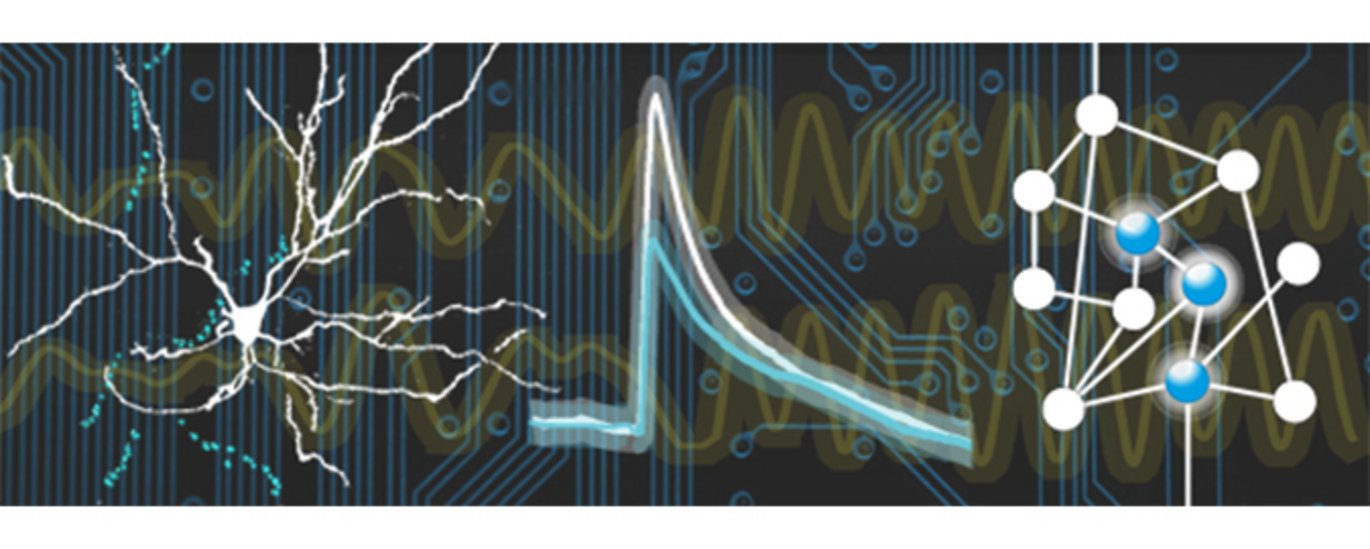New insight into the research on memory
Researchers from Denmark and England critically discuss the results of the research worldwide of the mechanisms underlying emotional learning and memories in the mammalian brain.

Throughout decades, researchers have tried to understand how the brain forms and stores memories. It is now well known that changes in so-called synaptic strength (synaptic plasticity) underlie the formation and storage of memories. In particular, researchers have examined how neuronal activity controls the strength of communication between neurons, at sites called synapses. Synapses are key sites affected by diseases of cognition. Therefore, a large part of basic research aims to better understand the mechanisms underlying synaptic plasticity to help elucidating the causes of age-related dementias like Alzheimer's disease. Such understanding will eventually help providing treatments that prevent or mitigate brain diseases.
In a new study just published in the journal Neuron, researchers from Denmark and England have added new insights into the neurobiological mechanisms of memory by discussing how emotional learning and memories are formed in the mammalian brain. The studies reviewed suggest that learning and memory are stored and retrieved via changes of synaptic weights in oscillatory neuronal circuits, and that synaptic plasticity underlies the formation and the disruption of engrams (memory traces).
First, synaptic plasticity that is long lasting functional changes in the brain occurs when we learn new things or memorize new information. Then, network oscillations are a series of rhythmic electrical waves generated by the synchronous activity of several (hundreds) nerve cells. Their occurrence in certain areas of the brain (such as the hippocampus and the amygdala) signals that learning and memory has taken place. Finally, the phenomen ofengram formation also occurs. In this event, subsets of nerve cells that are activated during learning and reactivated during memory recall of the learning experience.
The results from the review article by Marco Capogna and Sadegh Nabavi were published in the prestigious journal Neuron edited by Cell Press, 17 May 2017.
The title of the paper is: “Synaptic plasticity and network oscillations in amygdala circuits for storage and retrieval of emotional memories”: http://www.cell.com/neuron/abstract/S0896-6273(17)30205-2.
For further information, please contact
Professor Marco Capogna
Department of Biomedicine, Aarhus University
Associate researcher at DANDRITE
marco.capogna@biomed.au.dk - +4593508470
Associate Professor Sadegh Nabavi
DANDRITE/Department of Molecular Biology and Genetics
Aarhus University, Denmark
snabavi@dandrite.au.dk - +4593508246
